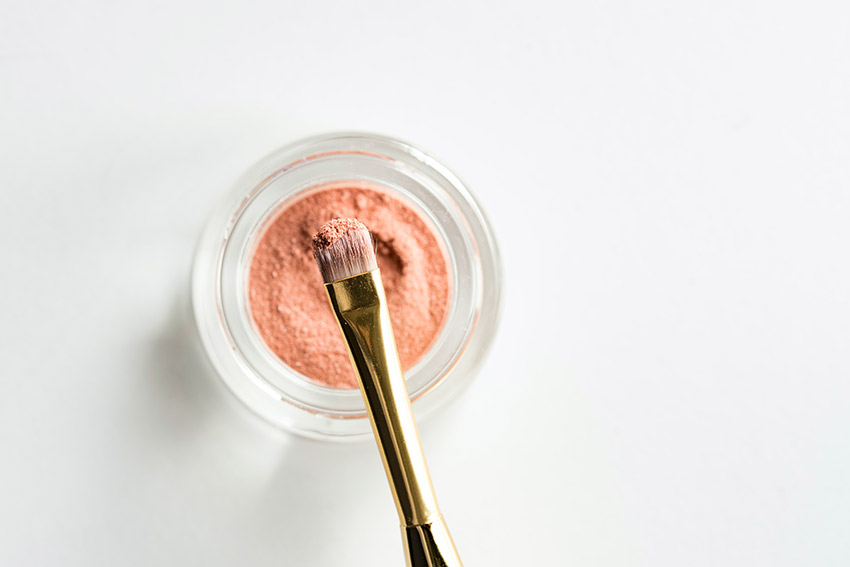Selecting the best foundation shade for your skin tone may be difficult. With so many alternatives on the market, it may be difficult to find the proper combination. Understanding your skin tone and undertones, on the other hand, is the key to picking the correct foundation colour. Here are some pointers to help you choose the best foundation color for your skin tone.
Determine your skin tone:
The first step in selecting the ideal foundation colour is determining your skin tone. Your skin tone is your natural skin color and may be classified as fair, light, medium, olive, or dark. Examine the skin on your face and neck in natural light to establish your skin tone. If you’re having trouble detecting your skin tone, glance at the veins on your wrist. You most likely have a cool skin tone if they seem blue or purple. You most likely have a warm skin tone if they seem green. If you can’t tell what hue your skin is, you may have a neutral skin tone.
Determine your undertones:
After determining your skin tone, it’s time to establish your undertones. Undertones are the subtle colours under your skin’s surface that may be classified as cold, warm, or neutral. Cool undertones are pink, red, or blue, and warm undertones are yellow, peach, or gold. Neutral undertones are a mix of warm and cold undertones.
Test the foundation shade:
Now that you’ve determined your skin tone and undertones, it’s time to try on foundation. It’s vital to test the foundation shade on your jawline rather than your hand or wrist. This will give you a better sense of how the foundation will look on your skin. To achieve the most precise colour match, try the foundation in natural light if feasible.
Have a look at the coverage:
It’s also vital to consider coverage while picking out the appropriate foundation colour. Use a foundation that is one shade lighter than your natural skin tone if you want light coverage. Use a foundation that matches your skin tone if you want medium coverage. Use a foundation that is one shade darker than your actual skin tone if you want complete coverage.
Choose the appropriate formula:
Lastly, it is critical to choose the appropriate formula. Use a foundation that is moisturising and moisturizing if you have dry skin. Use an oil-free, mattifying foundation if you have oily skin. Choose a foundation that is lightweight and long-lasting if you have mixed skin.
To summarize, selecting the best foundation hue for your skin tone takes some time and work, but it’s well worth it to obtain a flawless, natural-looking complexion. You’ll be able to choose the appropriate foundation shade for your skin tone by assessing your skin tone and undertones, trying the foundation shade in natural light, and evaluating the coverage and formula.




